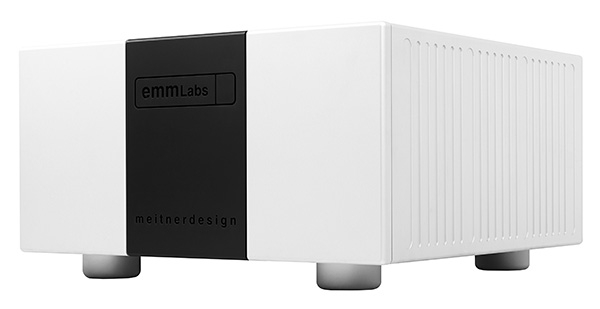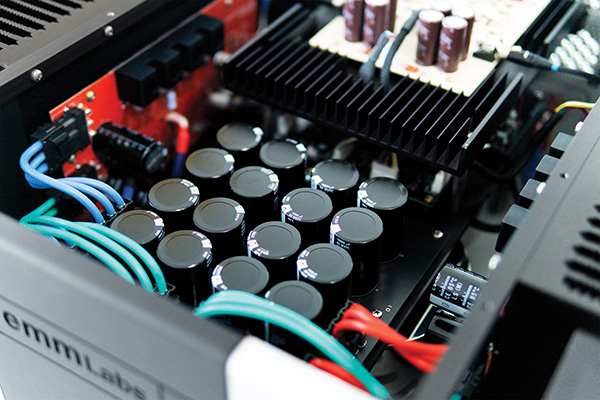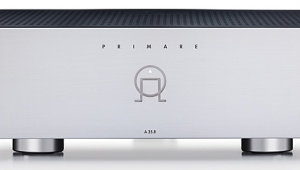| Columns Retired Columns & Blogs |
JA: "As a result, the variation in the frequency response with our standard simulated loudspeaker (fig.1, gray trace) was minimal."
Impressive result for an amp using just local feedback (good DF/output impedance), always a good thing if you can get that and good distortion figures without global feedback.(good achievement)
That's why I'm looking forward to measurements on the new Peachtree Class-D's "GaN1" or "Carina GaN", as they both don't use any global feedback, which is a huge thing for Class-D amps, which usually have masses of global feedback to get their good distortion figures with.
Cheers George













































